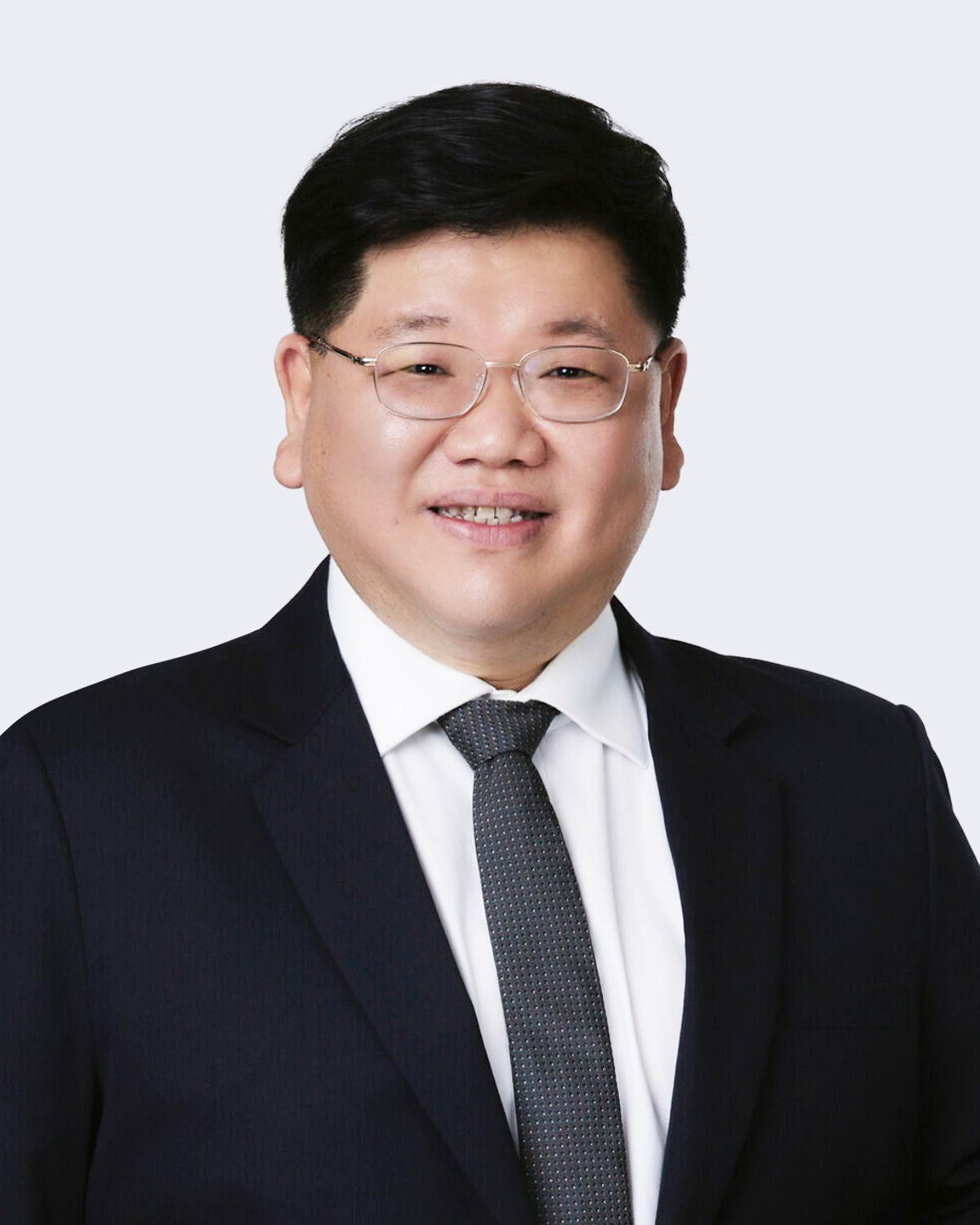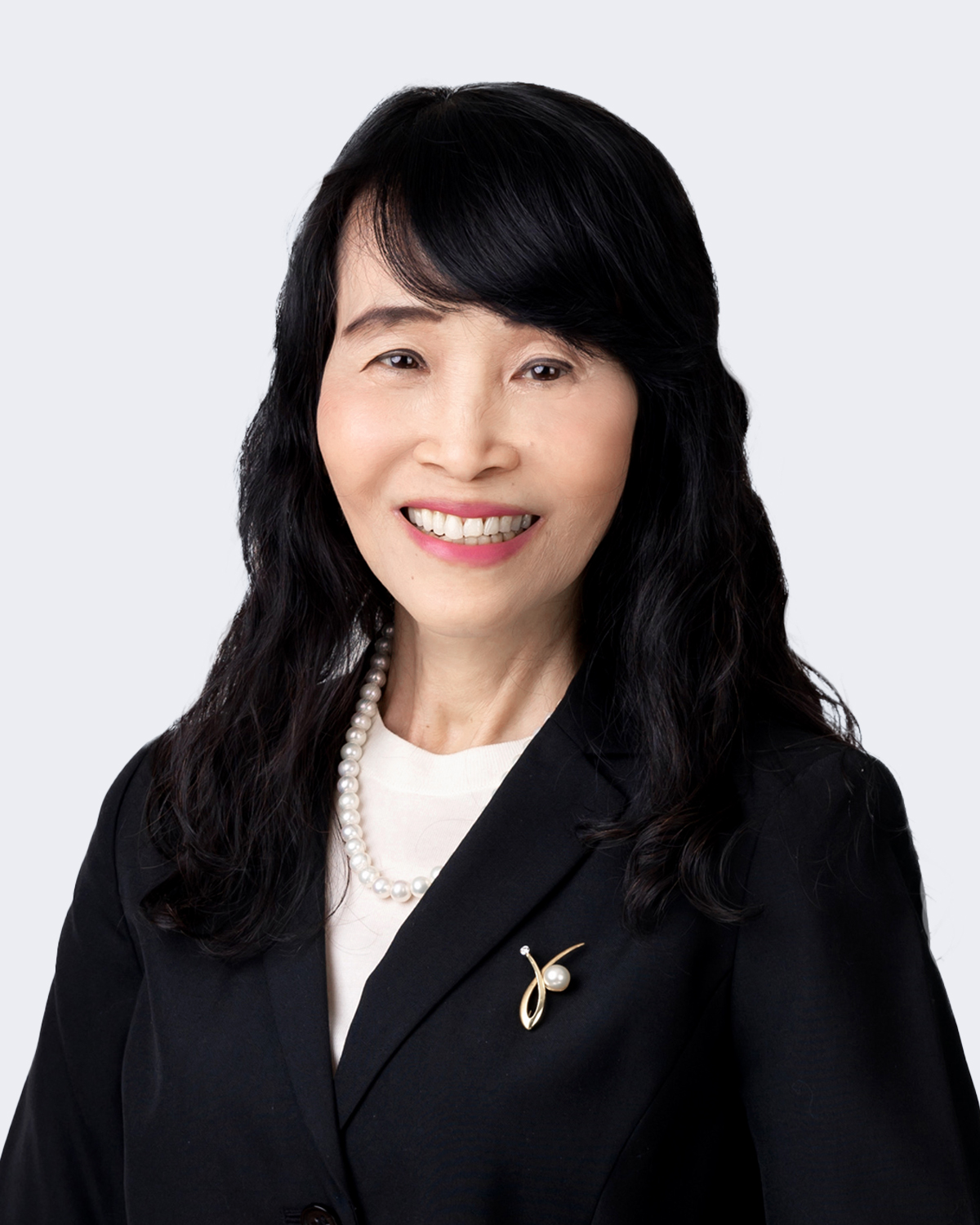
In Thailand, patents applications can often remain pending for quite a long time, and this is causing great concern to both Thai and foreign patent applicants. The average time required to obtain a patent in Thailand, from application to grant, is seven-and-a-half years. For pharmaceutical patent applications, the process from requesting substantive examination to granting can take anywhere from 4 to 13 years.
The Thai Department of Intellectual Property (DIP) has been working hard to solve this problem by trying to find ways to expedite patent registration. As a step in this direction, the long debate surrounding the controversial issue of “use” claims in relation to pharmaceutical patent applications has now been concluded, as the DIP has issued new examination guidelines for chemical and pharmaceutical patents. Also, within the past few months, the DIP has taken steps to improve its level of international collaboration in an attempt to speed up the examination process for certain applications. This article will provide an update on recent progress on these issues.
New Examination Guidelines for Chemical and Pharmaceutical Patents
In 2013, the Thai Patent Office, which falls under the authority of the DIP, drafted revised guidelines for the examination of chemical and pharmaceutical patent applications. During the drafting process, the Patent Office held a number of meetings with government officials, private sector representatives, and other stakeholders to brainstorm and debate the contents of the revised guidelines. The guidelines underwent substantial revisions as a result of this collaborative effort. Among the many issues that were heavily debated included the patentable subject matter in view of the definition and interpretation of Section 3 (which includes the definitions of “invention” and “process,” among others) and Section 9 (unpatentable inventions) of the Thai Patent Act, as well as the allowable claim formats. The meetings came to an end after eight sessions, and on September 30, 2013, the DIP adopted new patent examination guidelines for chemical and pharmaceutical inventions.
One of the most talked-about issues during the debates was whether “use” claims should be allowable as an invention. Representatives from nongovernmental organizations (NGOs) argued that “use” cannot be regarded as an invention, because it is neither a product, nor a process, nor an improvement, referring to the definition of an invention under Section 3 of the Thai Patent Act B.E. 2522 (1979), as amended. Nevertheless, in the meetings, the majority agreed that “use claims” should be permissible for registration, in certain circumstances. The new, revised guidelines state the following:
“A use claim indicating a process or method which results in an actual/concrete outcome is considered a process according to Section 3. To consider said use claim, it shall be determined whether the use is a method of treatment of human or animal disease pursuant to Section 9(4), which is not patentable. Provided that the use is not prohibited under Section 9(4), general criteria under Section 5 shall be taken into consideration, i.e., whether the use is new, involves an inventive step, and is capable of industrial application. In this regard, in considering whether the use is prohibited under Section 9(4), the Examiner shall mainly determine the specification and claims of the subject patent application. If the Examiner views that the main details thereof relate to a method of diagnosis, treatment, or cure of a human or animal disease, then the Examiner shall instruct deletion of such claims or reject the patent application, as the case may be.”
Before 2011, a “Swiss-type claim” would be readily acceptable. Under the new guidelines, the first pharmaceutical indication of a new compound is acceptable when framed in accordance with Swiss-type claims. This is not the case, however, for second indications of a known product. The DIP will consider whether the claim is related to a method of treatment explicitly excluded from patentability under Section 9 (4) and whether the invention surpasses the novelty requirement. Furthermore, the specification must sufficiently disclose the claimed subject matter. For example, in a claim directed to “Use of X for the preparation of a medicament for the treatment of Y,” the description must disclose the preparation process or the formulation and the use of the medicament.
Pharmaceutical patent claims that relate to polymorphs, active metabolites, and isomers were also fervently debated in the meeting. Representatives from NGOs pointed out that polymorphs, isomers, and active metabolites are compounds that are normally discovered during drug research and development. They may, therefore, be considered to have natural properties, and thus, are unpatentable subject matter. While, in principle, these subject matters may be patentable, the guidelines suggest that the Patent Examiners shall examine whether an invention related to the above subject matter demonstrates any “increased therapeutic effectiveness” or “overcomes any technical issues,” which is non-obvious in the view of a person with ordinarily skill in the art. Accordingly, the Patent Examiners may request the applicant to provide related additional pharmaceutical testing results—particularly in cases of controversial patent claims (e.g., polymorphs and isomers)—as evidence of inventiveness.
The DIP anticipates that the new, revised guidelines will hasten the patent examination process. The guidelines have already been adopted and used in conducting examinations. Office Actions based on the new guidelines will be issued this year, especially for those applications that relate to chemical and pharmaceutical inventions. Nevertheless, it is too early to see how effective the new, revised examination guidelines will be, or how the nature of Office Actions or cited grounds for rejecting claims will change. In the meantime, it is recommended that applicants carefully review their claims and consult patent lawyers and/or agents to overcome any rejections, questions, or requests for additional documents from the DIP.
Patent Prosecution Highway Pilot Program
The DIP has issued an Announcement dated January 6, 2014, regarding requests to use the examination results of the Japanese Patent Office (JPO) in conducting patent examinations. This move is in accordance with the agreement between the Thai DIP and the JPO to implement a two-year Patent Prosecution Highway Pilot Program (PPH Pilot Program), effective from January 1, 2014. This agreement aims to provide an alternative method to obtain a patent quicker in Thailand, to reduce the time to examine patent applications, and to support the exchange of information used in the examination of patents between Thailand’s and Japan’s patent offices.
Thai applications that are eligible to enter into the PPH Pilot Program must claim priority to a corresponding Japanese application. In addition, a request to participate in the PPH Pilot Program must be filed at the DIP, either at the same time as, or after, the filing of the request for a substantive examination, but before a first Office Action has been issued.
A first Office Action is expected to be issued approximately six months from the date on which the request for a substantive examination under the PPH Pilot Program is filed. Filing the substantive examination request under the PPH Pilot Program is expected to accelerate the examination and granting of patents. Under the regular route of filing the request for a substantive examination, the time to receive a first Office Action may range from one to two years from the date on which the request is filed.
ASEAN Patent Examination Cooperation
Another channel through which the DIP in Thailand provides an accelerated examination process for patent applications is the ASEAN Patent Examination Cooperation (ASPEC) program. The DIP has issued an Announcement dated December 26, 2013, under which applicants can request to use the examination results of ASEAN member states to conduct patent examinations. ASPEC has been created for its members to share examination and search results, so that the examination process will be faster and less duplicative.
Any applicant who wishes to choose the ASPEC channel to expedite the examination process may file the request form to prosecute the application under ASPEC at the time or after requesting substantive examination, but before a first Office Action is issued. The examination is expected to be shortened to only about six months for a first Office Action to be issued, in comparison to a standard substantive examination request, which could take up to one to two years.
Taken together, these international coordination efforts through the PPH Pilot Program and ASPEC, together with the new examination guidelines for chemical and pharmaceutical patents, demonstrate that Thailand is making strides toward solving the current issue of the long pendency periods before patents are granted. IP owners will hope to see even more progress in this area in 2014.


